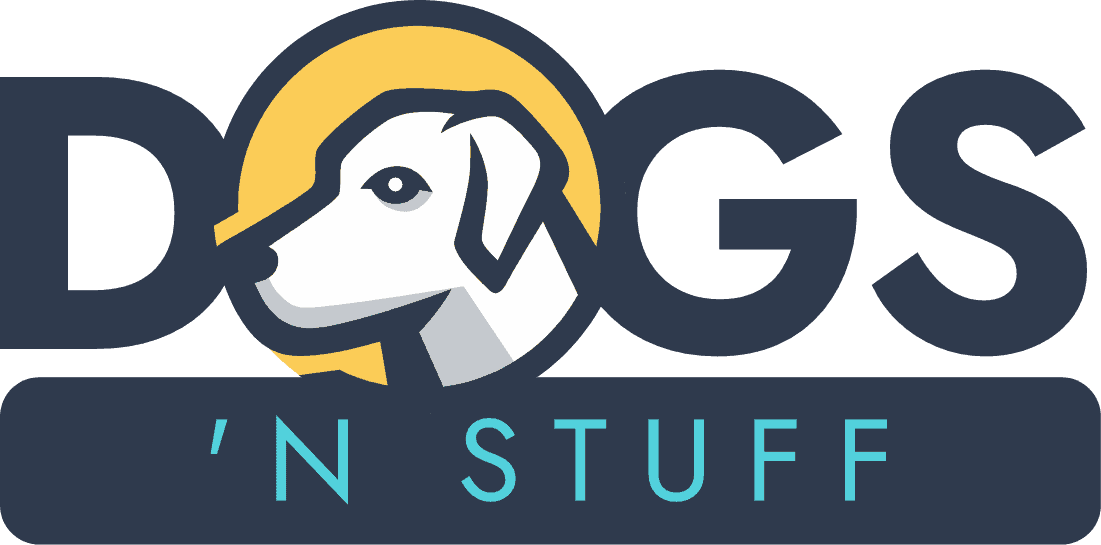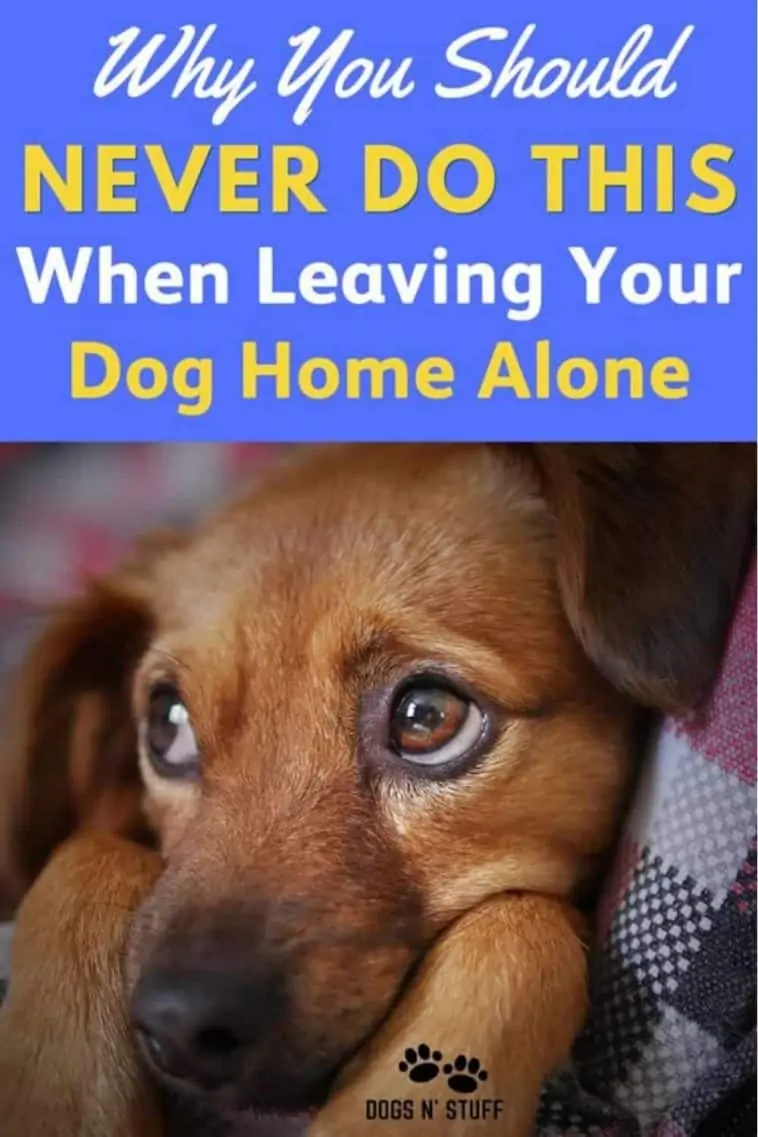Table of Contents
Leaving your dog home alone? Read this!
Most dog experts agree that dogs should not be left on their own for any longer than 10 hours at any one time, although this is reduced to just four hours if they are left alone on a regular basis.
Some dogs become extremely anxious when they’re away from their owner for any prolonged length of time.
This is a recognized behavioral problem known as dog separation anxiety.
What is Separation Anxiety for dogs?

Dogs that suffer from separation anxiety, become easily distressed when their owner is not around.
There are marked symptoms of separation anxiety, which include undertaking destructive behaviors, like chewing household furniture and other items, and incessant barking.
What are the causes of separation anxiety?
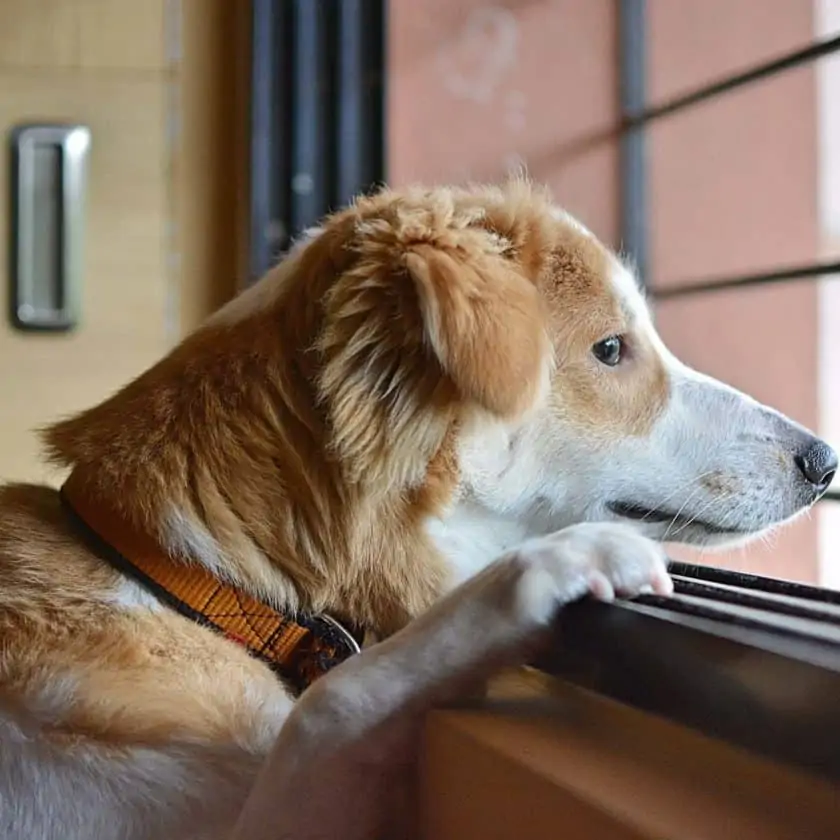
There are lots of reasons a dog can get separation anxiety, but the reason is often emotional.
Feelings of fear, over-attachment, or boredom in your pooch can all be the catalyst.
If your dog was not socialized much as a puppy, this can contribute to them having a lack of confidence when being left alone as adults.
What triggers separation anxiety in dogs?
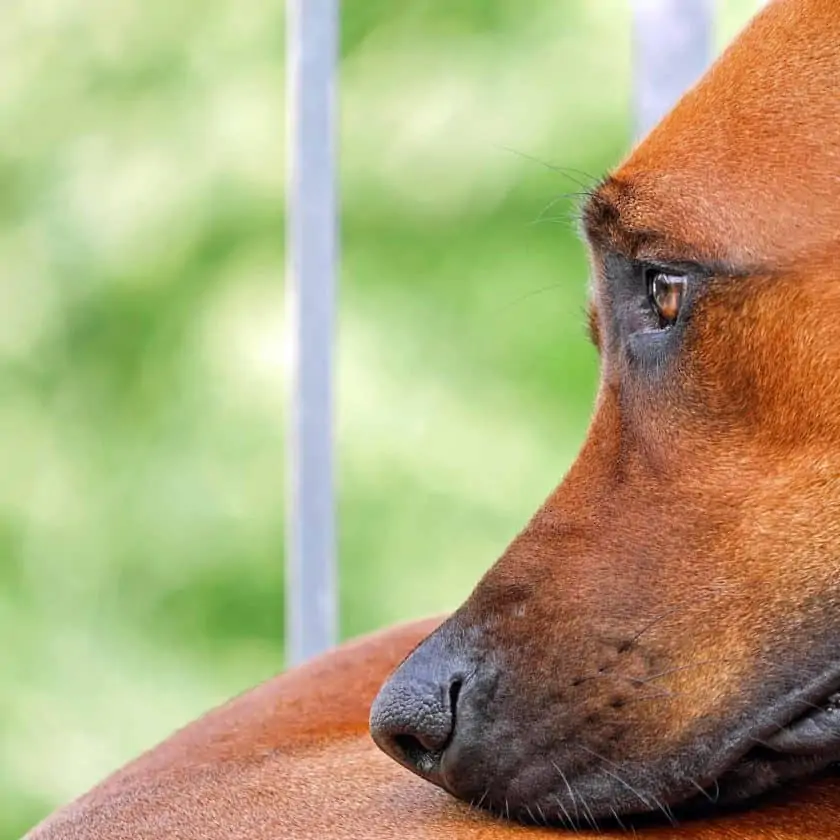
There are several causes of separation anxiety in dogs.
These include:
- Premature adoption
- Past traumatic event
- Neglect
- Death of another pet
- Changes in routine or socialization patterns
- Hereditary behavior
- Sometimes your pooch is simply bored
Another possible reason for separation anxiety is unknowingly caused by the owner.
Whenever we leave our house, we usually stir up the excitement of our dogs by doing a grand gesture or giving them treats. Dogs will misunderstand this.
They will associate their excessive barking and whining as a good behavior since we had rewarded them.
This will also result in an inter-reliant relationship which exacerbates the problem.
And like what mentioned earlier, some studies suggest that separation anxiety is more common in some breeds compared to others.
Dog breeds that are prone to separation anxiety
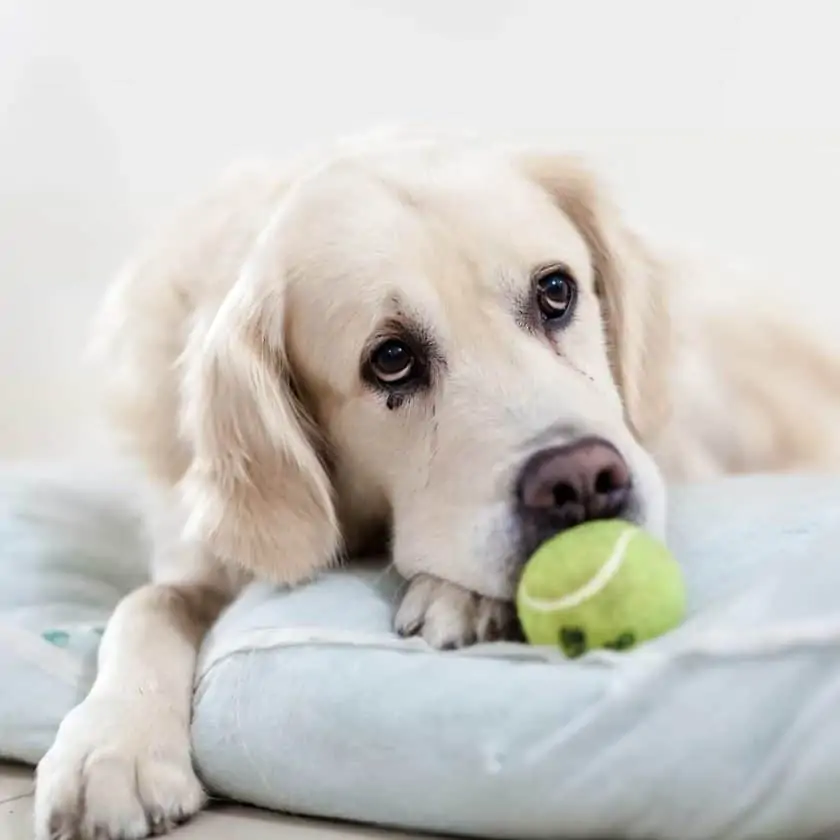
Like humans, dogs have different personalities.
Some breeds are more independent and can be left alone for a longer period.
Dogs like Basset Hound, Chow Chow, Whippet, and Maltese work best for people who work full-time and are always out of their house.
On the other hand, some dogs are more attached to their owners and are prone to separation anxiety. These breeds include:
Labrador Retriever
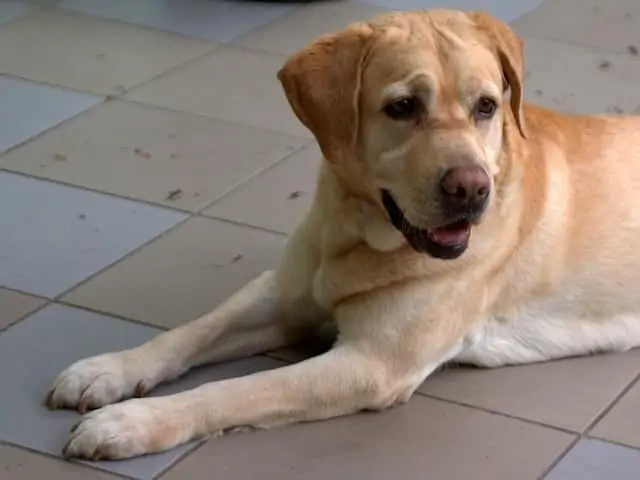
Labs are known for being super friendly to everyone, including children.
That’s why it is not surprising why it’s always voted as the number 1 most popular dog breed in the US for 29 years in a row.
They’re fiercely loyal and make a good companion. The downside, however, is they get too clingy and has trouble adapting when their human best friend is not around.
German Shepherd
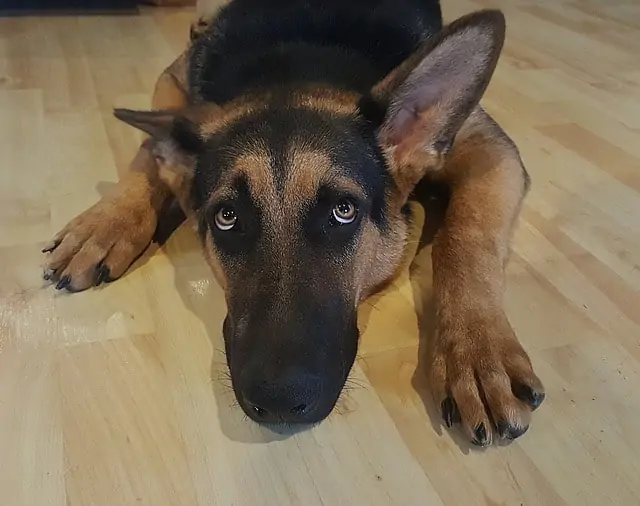
The German Shepherd was initially bred for herding sheep.
Due to their muscular built and high intelligence, they’re still used in various search and rescue operations.
As a working dog, they’re very dependent on their owner’s command on what they will do next.
If left alone, the German Shepherd has a low temperament and easily gets bored.
Bichon Frise
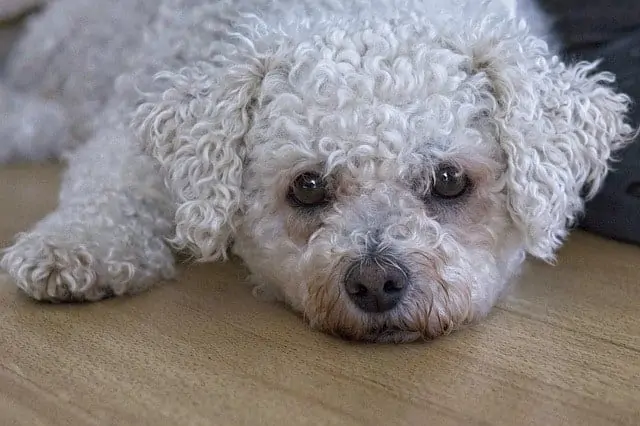
This tiny adorable white pooch was bred solely to be a companion dog.
Bichon Frise loves spending every minute with their owner, and if their owner is out of sight, loneliness and anxiety quickly set in.
Border Collie

If you enjoy watching dog shows and competitions, you will notice that a lot of the dogs are Border Collie.
They dominate obedience and agility championships because they’re smart, athletic, and highly-trainable.
One drawback, however, is they’re full of energy which requires a lot of physical and mental stimulation.
Hungarian Vizsla

Like German Shepherd, Viszla is another working dog bred to hunt prey.
Due to their strong dependence on their owners, this breed has a higher risk to become a “velcro dog”.
If left for a long time, they might resort to destructive behaviors such as chewing and consistent barking.
Dog separation anxiety symptoms
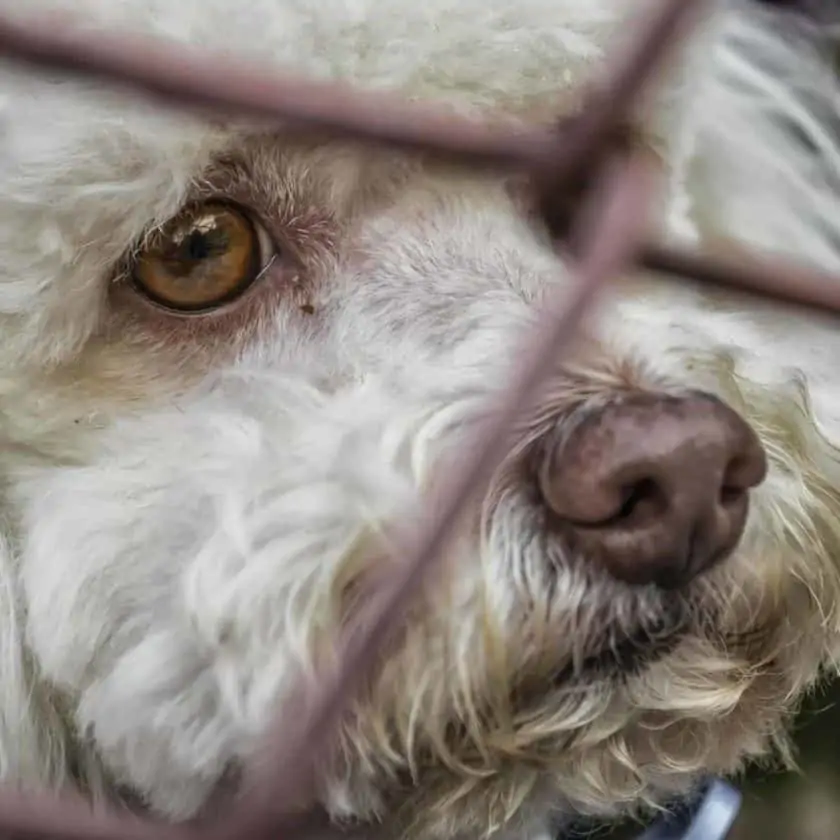
Separation anxiety in dogs manifests in different ways.
The most common sign is they become agitated, anxious, or lean towards destructive behavior if they notice that their guardian will leave or about to leave.
Separation anxiety is a serious condition that is unhealthy for your dog’s health and safety.
Imagine the panic attacks that he suffers every time that he is going to left alone.
If it goes longer without proper therapy it might lead to depression and self-injury.
There are also hundreds of reported escape attempts by dogs with separation anxiety such as jumping from glass windows and bolting out from a fence; all acts lead to serious injury.
How about changes in behavior? Are there also subtle signs of separation anxiety in dogs that are often left unnoticed?
Here are 3 signs that your dog has separation anxiety:
1. Destructive Behaviors

A lot of owners misinterpret destructive behaviors caused by separation anxiety to simply being a “bad doggy”, but that is not the case.
Chewing is a soothing behavior for dogs so is digging especially if your dog is a part of hound groups like Beagle, Basenji, and Dachshund.
Unlike the usual naughtiness behavior, dogs with separation anxiety will often chew objects belonging to their guardians because these items carry your scent.
2. Urinating and defecating
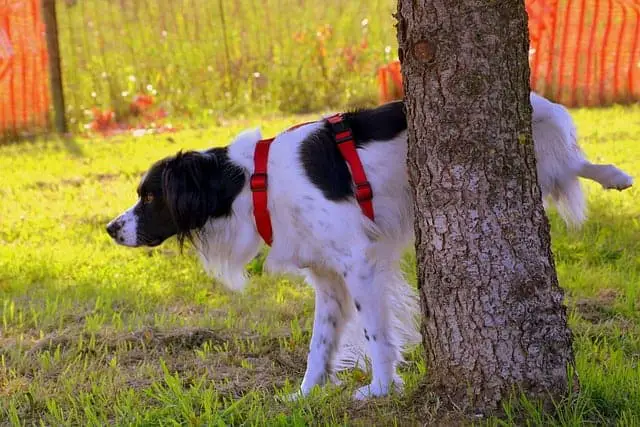
Is your pooch house-trained, but suddenly starts leaving poop or pee if you’re not home?
This might be a sign of separation anxiety.
This happens when stress hormones accumulate, affecting the bowel and bladder movement, making it more difficult for your dog to hold it in even though they have been potty trained.
3. Excessive drooling or panting

Too much drooling or panting is your dog’s stress response for being isolated alone.
To better picture out this scenario, imagine when a human gets stuck in a malfunctioning elevator alone, his pulse and heartbeat become elevated due to panic and anxiety, and after some time, he will start to pant heavily.
Do dogs grow out of separation anxiety?

Absolutely! With patience and proper help, dogs can grow out of separation anxiety.
You should put up a ton of understanding when dealing with a dog with separation anxiety.
Empathize, and never punish. Put yourself in the same level as with them to better understand what they’re going through.
Don’t be that type of owner who dismisses separation anxiety as simply being naughty, and get rid of their dog if they start exhibiting symptoms.
How long can I leave my dog alone?
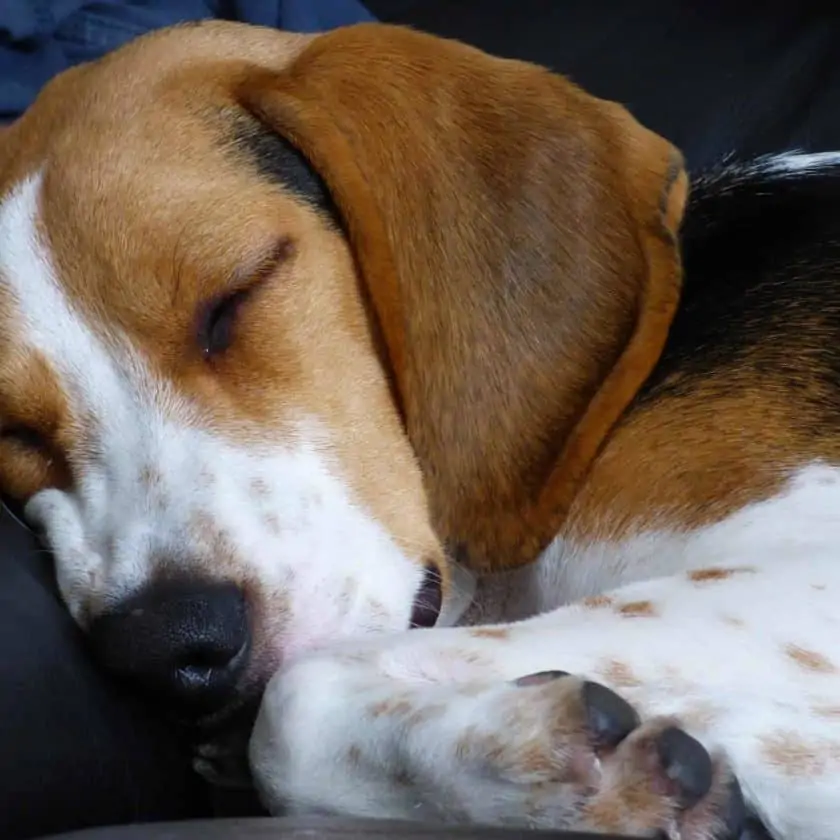
Four hours is the longest that dogs should routinely be left alone, however, every dog is different, and some may be fine going it alone for longer than this.
Sometimes you may have to leave your dog alone for longer than usual, and there are several things you can do to make it easier for them if you are away for lengthy periods during the day:
Prevent Problems: Preparing your dog to be left alone
- Make a short visit to your dog during the day, for example during a lunch break
- Ask a friend or neighbor to check on your dog
- Hire a professional dog walker to take them out whilst you’re busy
- Look into pet sitters or doggy day care in your area, that could spend time with your pooch while you’re out

It’s never too late to get your dog socializing with other pooches.
If your dog has issues being around other dogs, then don’t worry; socializing is not just about being around other pups; it’s also about being regularly exposed to everyday sights and sounds.
The more time they spend in different environments, the more relaxed they will become in new situations.
Being left alone is one of the things your dog will need to learn is normal.
Important things NOT to do when leaving your anxious dog alone
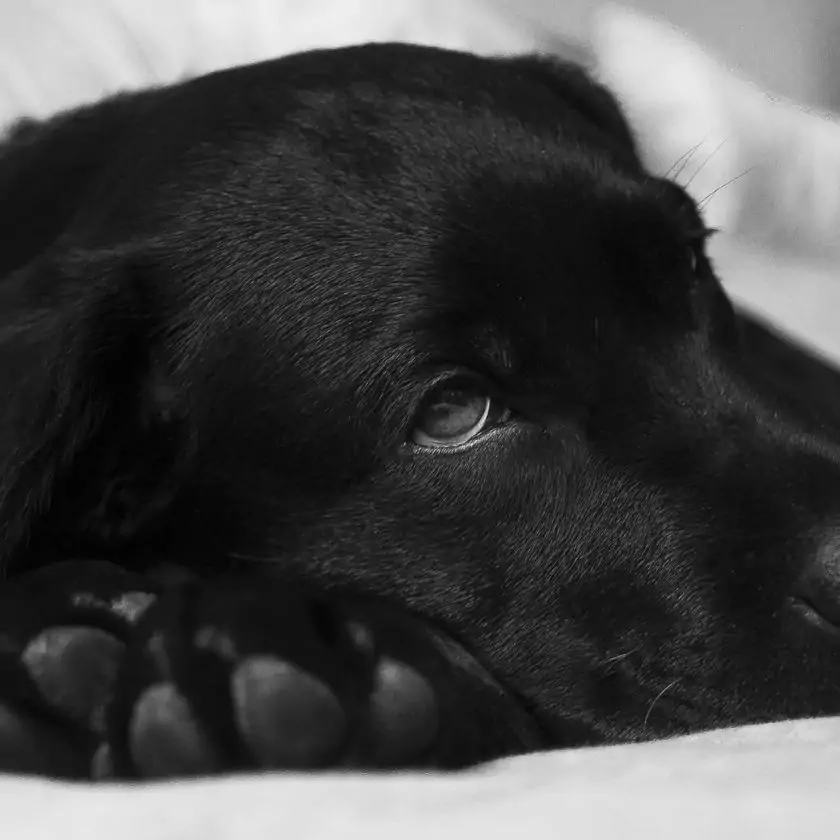
- Don’t say goodbye to your dog when you leave. It may feel strange doing this but leaving calmly and quietly will mean that your dog will settle more quickly once you have left.
- Don’t become overexcited when you return home. Keep the atmosphere quiet and calm, so that your dog doesn’t feel that your leaving and returning is a big deal.
- Do not leave your dog in an open area of your house where they have access to things to potentially destroy. Leave them in a safe and secure area of your home, at a comfortable temperature, with an appropriate-sized bed to relax in, and with some chew and interactive toys to keep them busy. You can also give them an item of clothing with your scent on for them to snuggle up to.
- Don’t forget to give your dog the chance to go to the toilet before you leave and as soon as you return.
Home remedies for separation anxiety in dogs
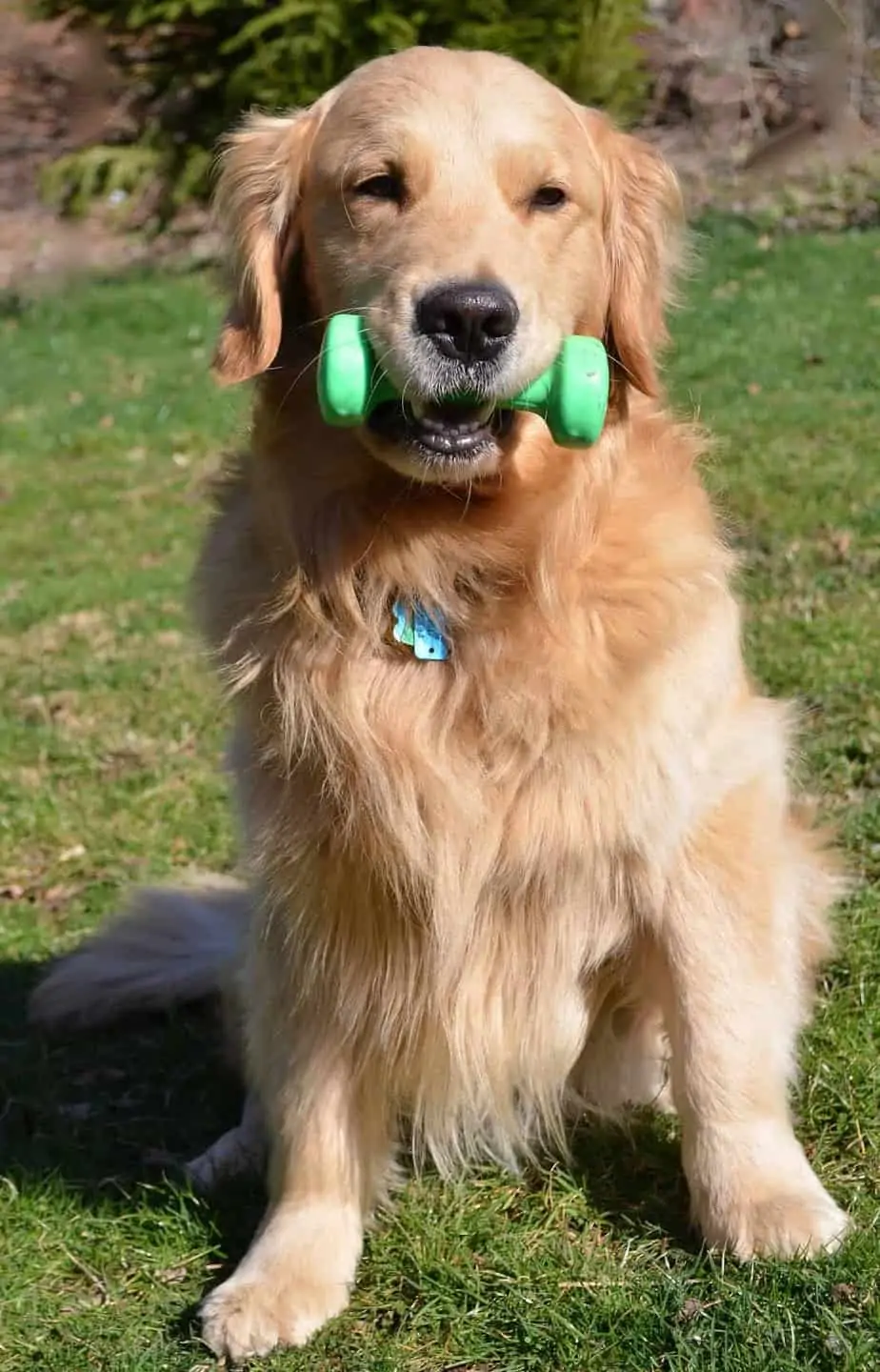
Counter-conditioning and desensitization
Counter-conditioning refers to changing your dog’s behavioral response to a stimulus.
Desensitization is a process where you gradually expose your dog to something that he dislikes.
Teach your dog that being alone has its rewards. Leave them for a few hours until they get used to being solo for a much longer time.
Crate training
Crate training is a process to make your dog familiar and feel safe inside a crate or cage.
The training lasts differently for each dog. Some may take only hours, others even months.
No matter how long it takes before your dog feels secure in his cage, do not give up.
Dog exercise
Giving your dog enough exercise doesn’t directly cure separation anxiety, but it helps in preventing it.
This is especially true for highly-energetic dogs like a Border Collie and German Shepherd.
Walk them for at least 30 minutes each day, and provide interactive brain games like puzzles, and food dispensing toys
Training your anxious dog to be home alone
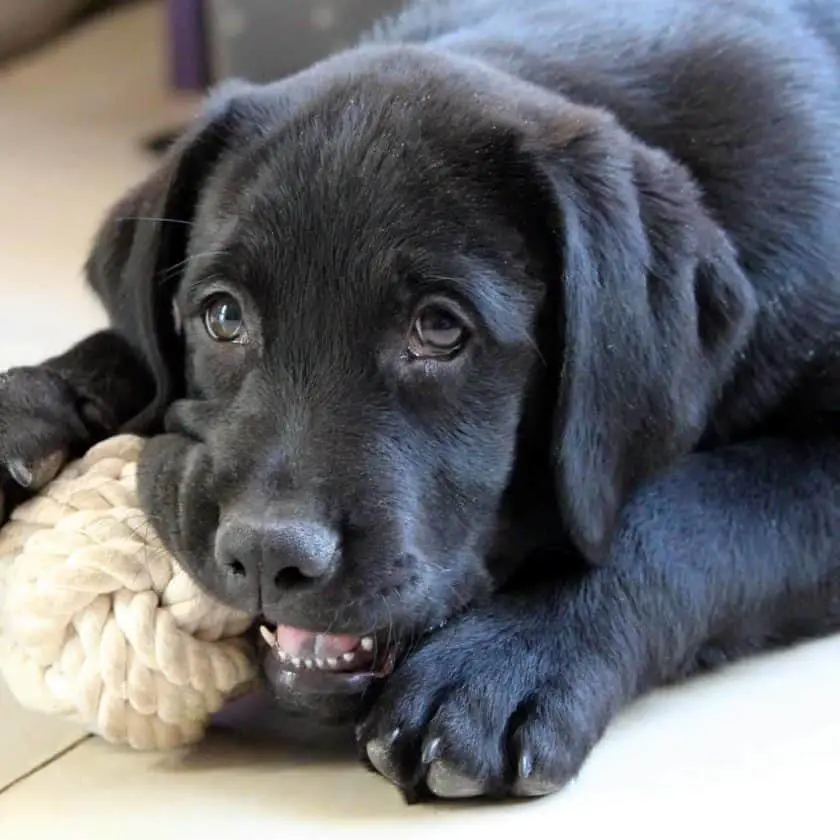
You can train your anxious dog to be left alone by slowly increasing the amount of time they are left alone.
Start by walking a short distance away from your dog. If they stay calm, walk back and reward them, so they know you’re happy with their behavior.
Next, walk away from them again, but this time leave the room briefly.
Walk back in and if they are still calm, reward them again.
Keep repeating this, gradually increasing the amount of time you’re away from your dog.
When you’re successful at doing this inside, try leaving the house for a short time, building up to spending more time away.
Remember to always reward your dog when you return home.
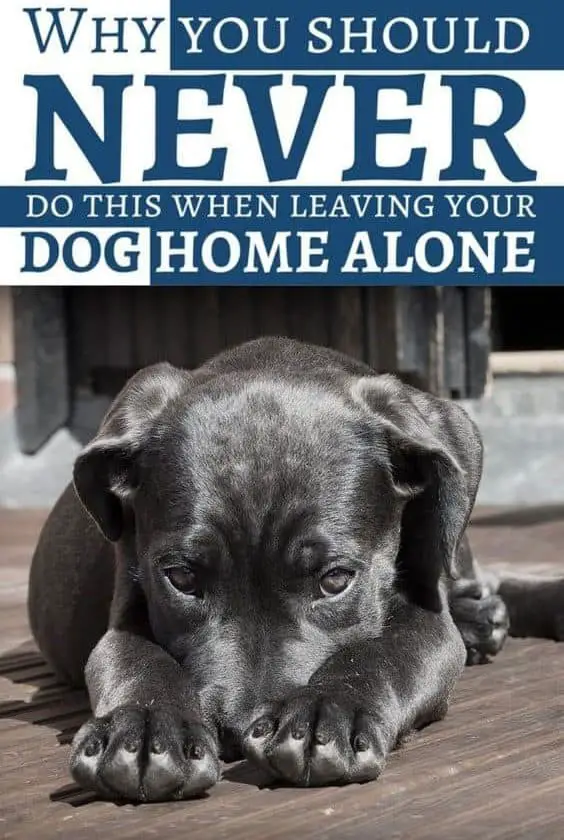
Being slow and consistent with training is the basis for successful dog training and is the best way to get them used to this new way of doing things, without triggering feelings of distress.
Bear in mind this is a process that will take, so be calm and patient throughout their training.
Recommended reading:
